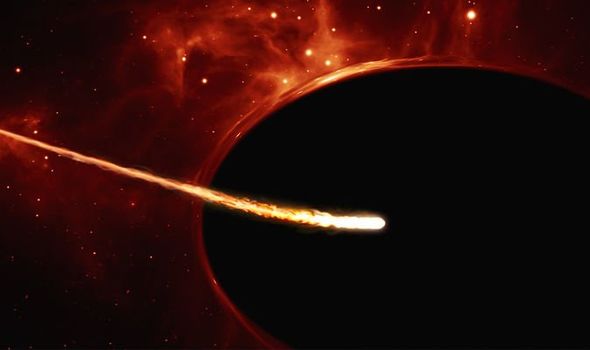Captured by a telescope for the first time
Stars that wander too close to vast supermassive black holes are shredded (“spaghettified”) into long noodle-type shreds of material, which are in turn devoured (eaten quickly), releasing flashes of light. The strong gravitational pull of the black hole pulls the star towards itself.
Using telescopes from the European Southern Observatory (ESO), astronomers were able to monitor light flaring from the process, known as a tidal disruption event, from a black hole just over 215 million light years from the Earth. This is the first time such an event has been captured as it happened. They observed the star being physically torn apart as it was sucked into the black hole’s giant space.
Using high powered telescopes – ESO’s Very Large Telescope and ESO’s New Technology Telescope, they observed the event as the light flare grew in luminosity (brightness) then gradually faded, a process spread over six months. Usually such an event is not visible as the energy released when the material is devoured propels the star’s debris outwards. The discovery was possible because the tidal disruption event the team studied, AT2019qiz, was found just a short time after the star was ripped apart.

